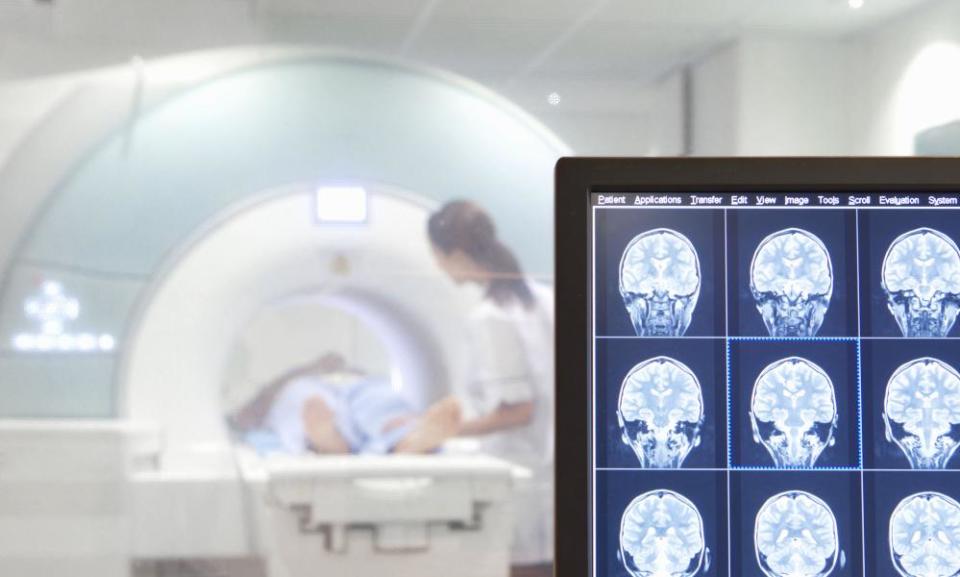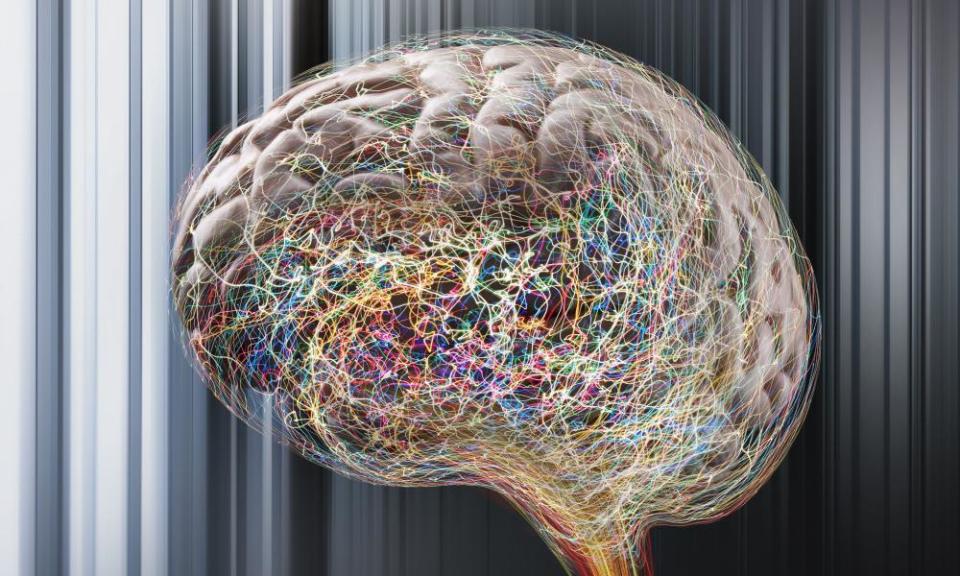Lab notes: is there life on exoplanets orbiting Trappist-1?

This week’s biggest stories
Ok, so it may not be as catchy as Bowie’s musings on Mars, but it’s certainly as thrilling: with the discovery of seven Earth-sized planets orbiting nearby star Trappist-1, hopes have been raised that the hunt for alien life beyond the solar system could start within the next decade. That should give us time to sort out the bot-on-bot editing wars that have broken out on Wikipedia, and train bumblebees not merely to score goals for sugar, but to sort out the NHS as well or something. Let’s not look too far ahead though, as it turns out that most people would rather avoid knowing their future. On a more serious note, researchers have discovered that long-winded speech could be early sign of Alzheimer’s disease, and suggest that subtle changes in speech style occur years before more serious mental decline takes hold. Given that life expectancy is forecast to exceed 90 years in coming decades, early interventions for health conditions will be welcome, although one thing it seems you can do to protect your health is up your fruit and veg intake to 10 portions a day. Do crisps count?
More news from Guardian Science | Sign up to Lab notes
___
Straight from the lab – top picks from our experts on the blog network

Autism diagnosis by brain scan? It’s time for a reality check | Head quarters
A brain scan for autism would be a major step forward. But is the hype justified? Are we really on the brink of a new era in autism diagnostics? Without wishing to detract from the efforts of everyone involved in the study, it’s important to look at the results critically, both in terms of the scientific findings and their potential implications for clinical practice.
Undoing extinction – let’s talk about the mammophant in the room | Lost Worlds Revisited
I wouldn’t book in your tickets for the opening of Pleistocene Park in a couple of years just yet (after your annual space flight, or moon trip if you’re particularly adventurous). Herds of mammophants pining for the fjords aren’t quite within the realm of what’s possible. Within a few years, at best, you’ll be pointed to a tube or dish of unidentified cellular matter and told that it’s slightly more mammoth than any other glob has been yet.
After April’s March for Science, what next for anti-Trump scientists? | Political science
Some have debated whether a march is a good idea or not. The American Association for the Advancement of Science has endorsed the march. However, experience tells us that while marches are important symbols of democratic expression, they are also very blunt tools. Whatever consequence of the Earth Day march, on 23 April Donald Trump will still be president and the science community will have to consider what next.
Visit the Science blog network
___
Monday Mind Games

This week’s Mind Game asks with unprecedented access to news and knowledge, how do we make judgements about what we read?
Visit the Head quarters blog, home of Mind Games
___
Science Weekly podcast

In this week’s podcast, Ian Sample explores nudge theory: the psychology behind it, its usage by governments, and some of the ethical quandaries involved.
___
Eye on science – this week’s top video
A new study into orgasm offers interesting insights into how not just to get what she’s having, but how to achieve the real thing. And a very happy Friday to you too!

 Yahoo News
Yahoo News 
